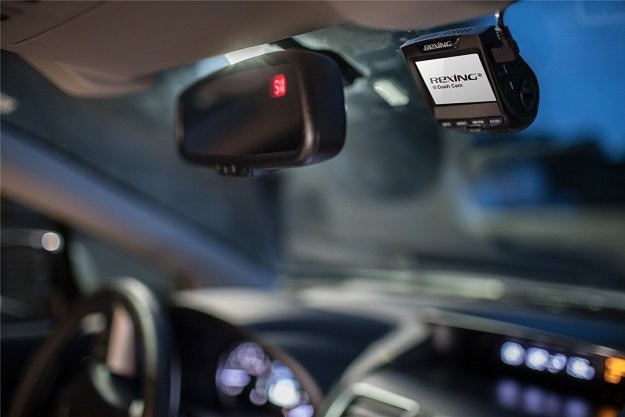 A project with Johnson Automotive Controls and Ohio State University offers a pretty interesting look at what the seating of future green vehicles might be like.
A project with Johnson Automotive Controls and Ohio State University offers a pretty interesting look at what the seating of future green vehicles might be like.
As part of the EcoCAR2: Plugging In to the Future collegiate engineering competition, Johnson Controls Automotive Seating, is providing custom seats to the participants at OSU) for their EcoCAR 2 entry.
The three-year project, established by the U.S. Department of Energy (DOE) and General Motors, is intended to challenge university students to reduce the environmental impact of vehicles without compromising performance or safety elements.
General Motors donated a 2013 Chevrolet Malibu for the EcoCAR 2 project, which includes students from 15 universities across the U.S.
As a seating sponsor for EcoCAR2, Johnson Controls was responsible for conceptualizing, designing and building the eco-friendly seats used by the student.
The project is also intended to showcase the award-winning global supplier’s next gen of innovative products.
Key features of the seats for OSU’s EcoCAR 2 include 100 percent recyclable polyester fabric; Eco-thread stitching; Eco-adhesive lamination; Natural dyes to create a customized printed design; Lightweight soy-based foam; and Bio-plastic side and back panels.
The Johnson Controls designed seats also feature a tablet and accessory attachment for connecting portable electronic devices to the back of the front-seat headrests for viewing by rear-seat passengers.
How do you think car seats can be improved? Leave a comment below.


